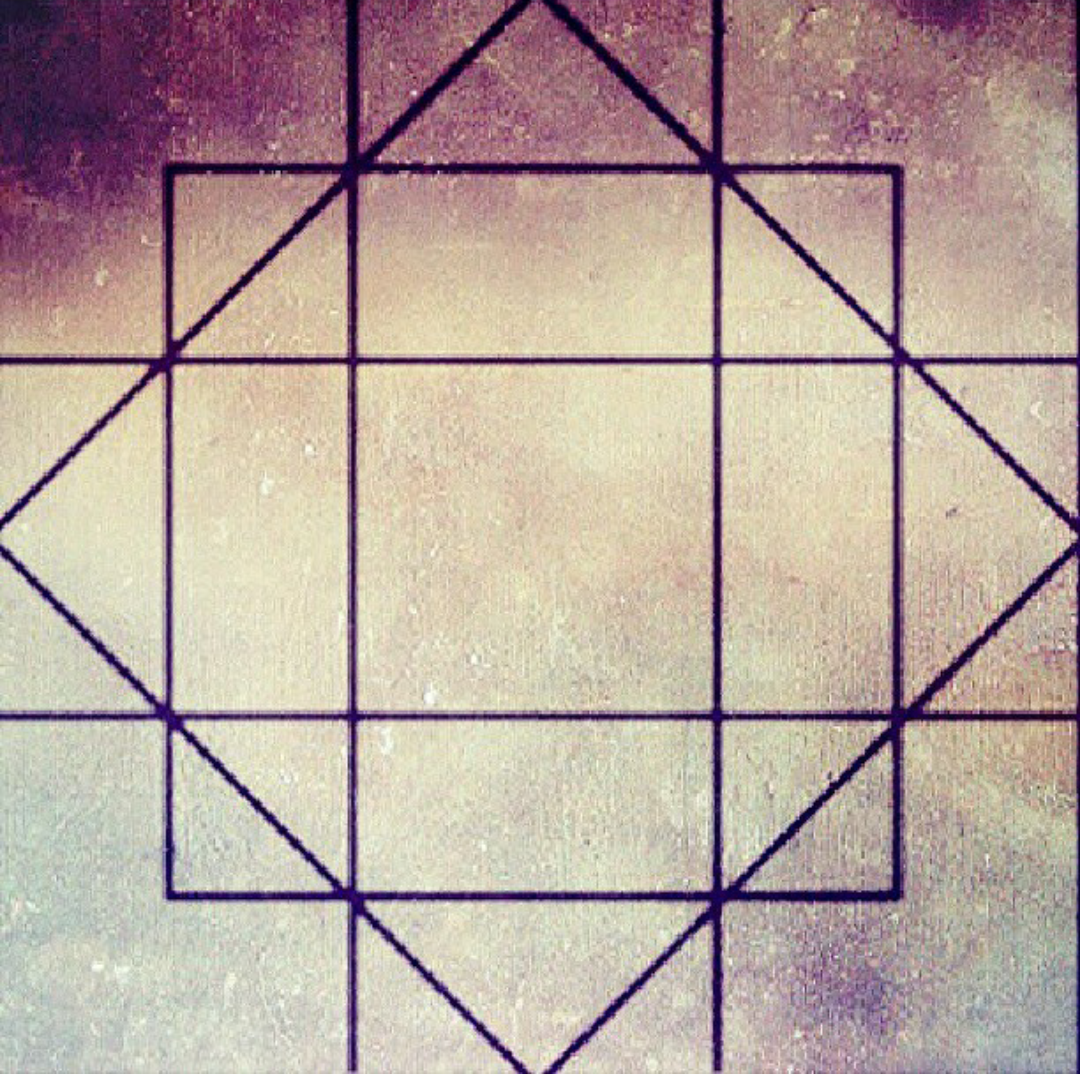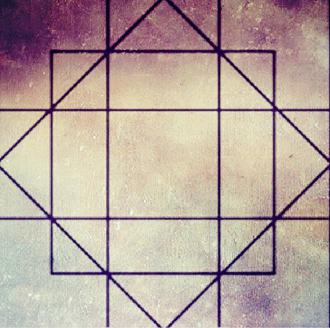How many squares can you cou...
How many squares can you count in the given picture?Correct answers: 115
The first user who solved this task is Neelima Subrahmanyam.
#brainteasers #math #riddles

Can you see me?
An English man, French, Italian and German are standing at the side of a street watching a street performer.
The street performer noticed that they all have poor eye sight so he asked them whether they can see him and they responded: "Yes" "Oui" "Sì" "Ja"
Authore:Melox94
